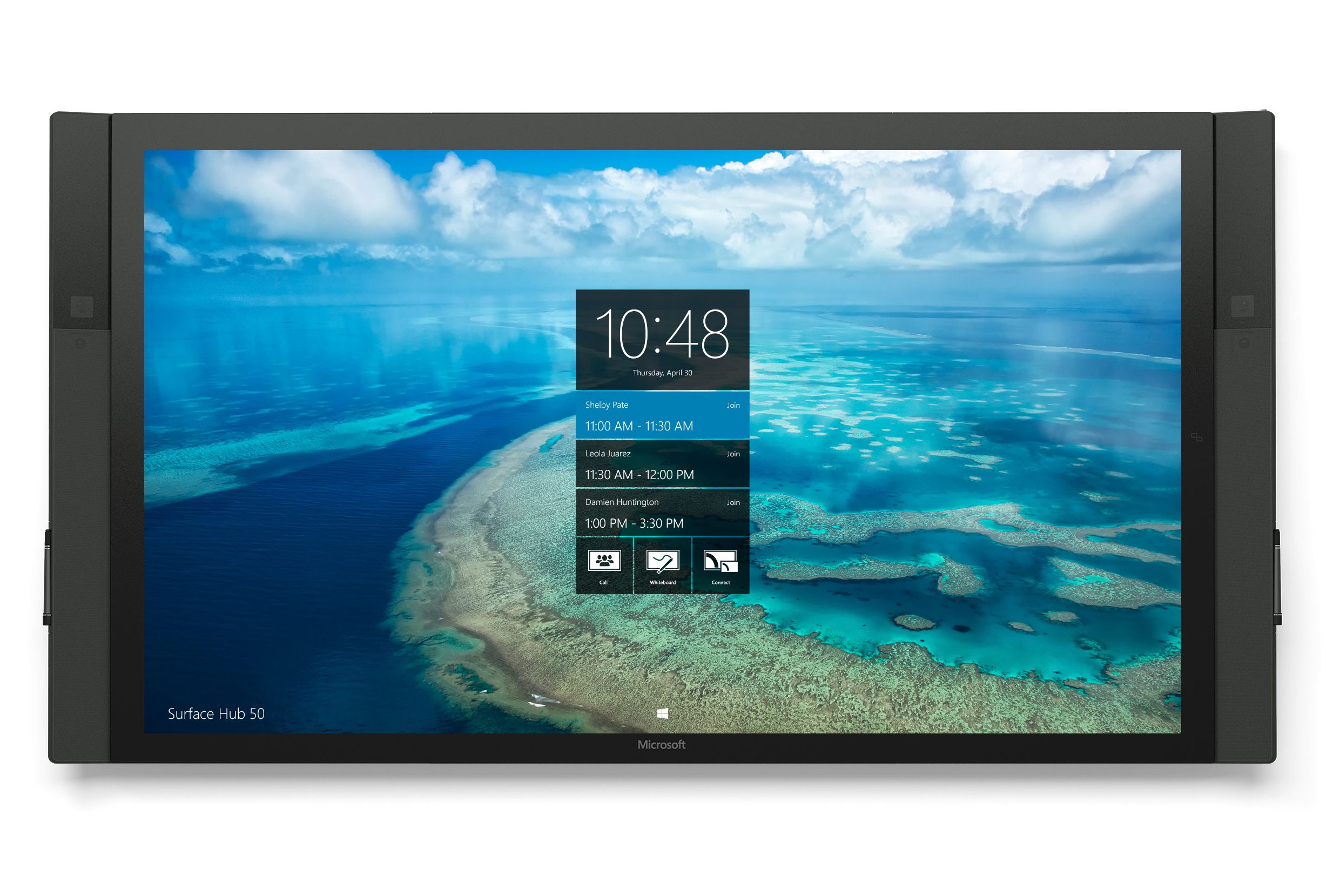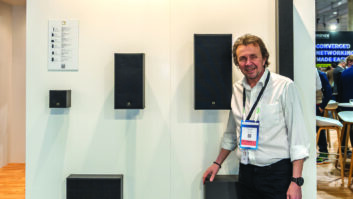
Is Microsoft Surface Hub all we hoped, asks Rob Lane?
Just over a year ago (Installation, October 2015), I wrote about Microsoft Surface Hub and how – delayed shipments aside – the industry expected big things from it. Revolutionary; game-changer; next big thing; fundamental step-change: just some of the acclamatory comments made to me about the Hub by those with a stake in its success.
Now, two years since it first unveiled (January 2015), and a year since it started shipping (January 2016), how has it been received? It’s fair to say it has had a somewhat bumpy start, with those initial shipping delays making way for stock shortages (resolved in September 2016, when Microsoft fulfilled all outstanding orders and the Hub moved into stock surplus for the first time), price increases, and – it’s reported by some – technical glitches.
Microsoft’s own research study, conducted by Forrester Consulting, was released in February 2016, perhaps a little early in the Hub’s life cycle given the shipping delays. Forrester interviewed several Surface Hub early adopters, “to better understand the benefits, costs, and risks associated with a Surface Hub implementation”.
Results were favourable, perhaps unsurprisingly, with improved meeting productivity – specifically for initiating meetings with remote participants and handling post-meeting tasks; reduced meeting room equipment costs and no printing costs; improved results from client meetings held in Hub-enabled rooms, leading to more and larger sales; and improved collaboration and business impact.
Higher ROI
AVI-SPL, one of Microsoft’s strategic partners for Surface Hub, released its whitepaper even earlier, in January. Like Microsoft’s, AVI-SPL’s study also looked at the Hub’s cost savings and business benefits, focusing on how it delivers a higher ROI than other solutions in terms of cost, improved meeting efficiency and employee productivity. It makes a strong business case for deploying Hub “to meet the business requirements for an intuitive, full-featured group collaboration solution”.
AVI-SPL shows that the Hub delivers the best value in terms of price and also offers capabilities that other solutions cannot. The whitepaper also concludes that the Hub provides additional “business process value” and helps organisations “support other organisational strategic goals”, such as BYOD or a more mobile workforce.
Simon Fagan, director at Maverick UK, one of Microsoft’s European distributors, was also enthusiastic when he spoke to me in 2015, calling the Hub “revolutionary… a fundamental step change in integrated technology”, and adding that it will allow videoconferencing and sharing to screen from home workstations to become commonplace.
On the ground
But early, pre-shipping praise and hot-off-the-blocks whitepapers aside, how is the Hub doing on the ground, right now? AVMI, another of Microsoft’s chosen strategic partners, has recently been ramping up its Surface Hub sales/hire and marketing, and Jason Turner, AVMI business innovation director, is a huge fan.
“For me where the device stands out is the ability to get the meeting started from the moment you walk in the room,” he told me. “Up and running within seconds of touching the screen. Walk up and use: it is exactly that.”
Turner reckons that, typically, the time taken to set up meeting rooms is between eight and 15 minutes on average: the “normal user experience” of a meeting space. “The Hub is only limited by what you want to do with it or the applications you want to use on it,” he says.
More than 18 months on from its stuttered launch, it’s perhaps still early to say just how successful the Microsoft Surface Hub has been, or whether it will live up to all the hype and expectation. However, the signs are good that is may indeed be a game-changer, in terms of shaking up workplace collaboration as a disrupting technological application. It remains to be seen if Surface Hub is the product of choice after the dust settles on this mini revolution. What’s clear is that – as is the case in today’s world of Brexit and Trump– things are unlikely to be ever the same again.







